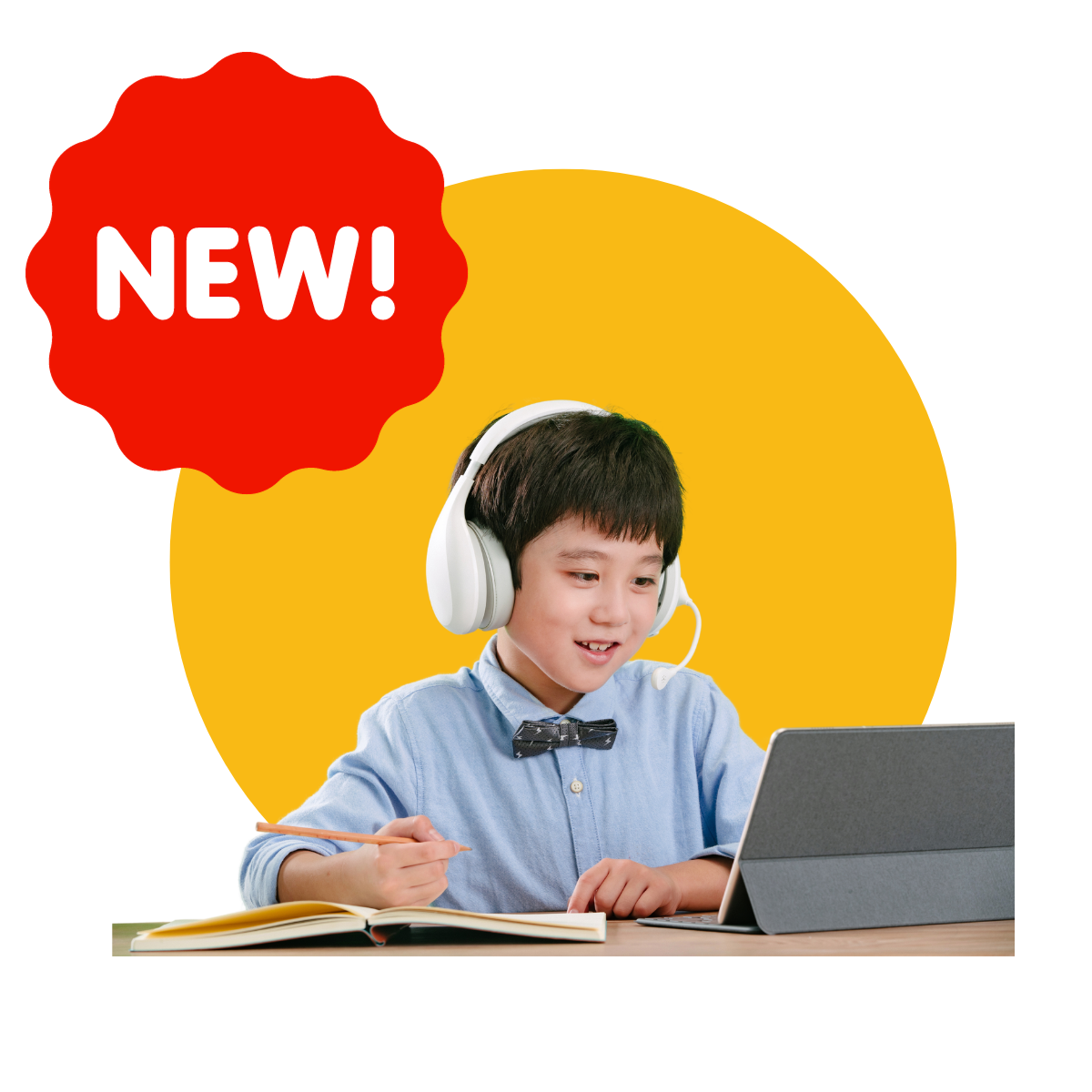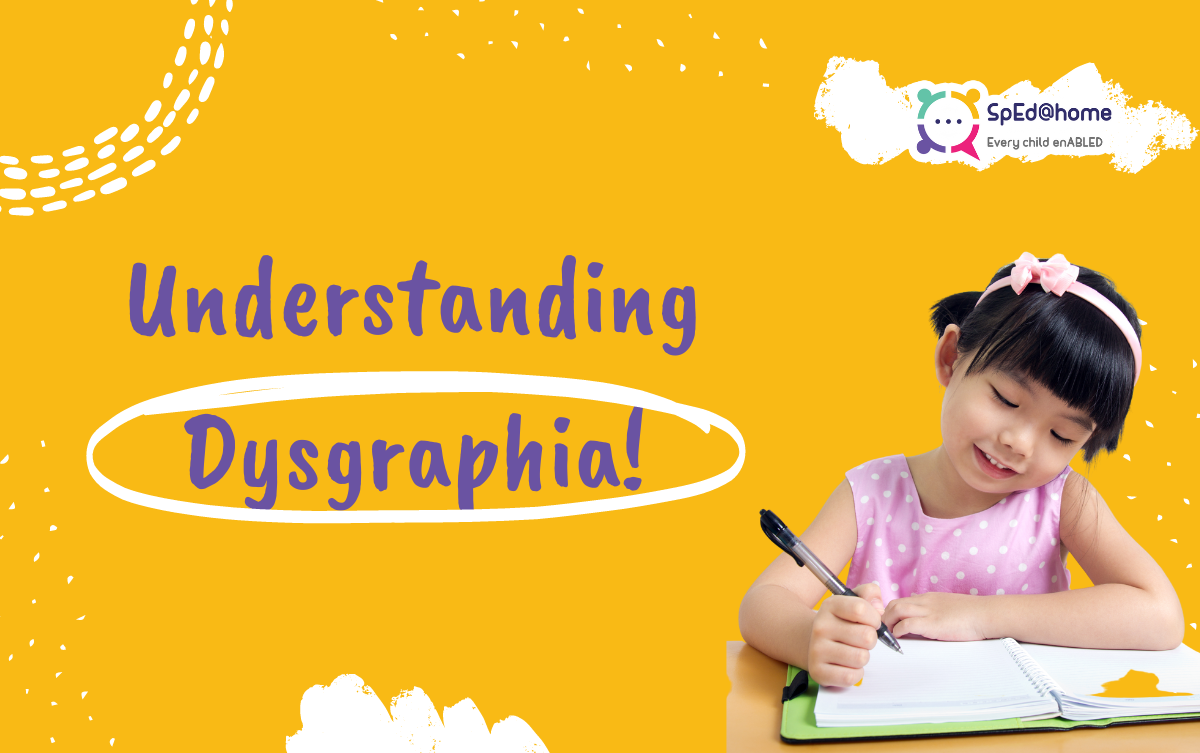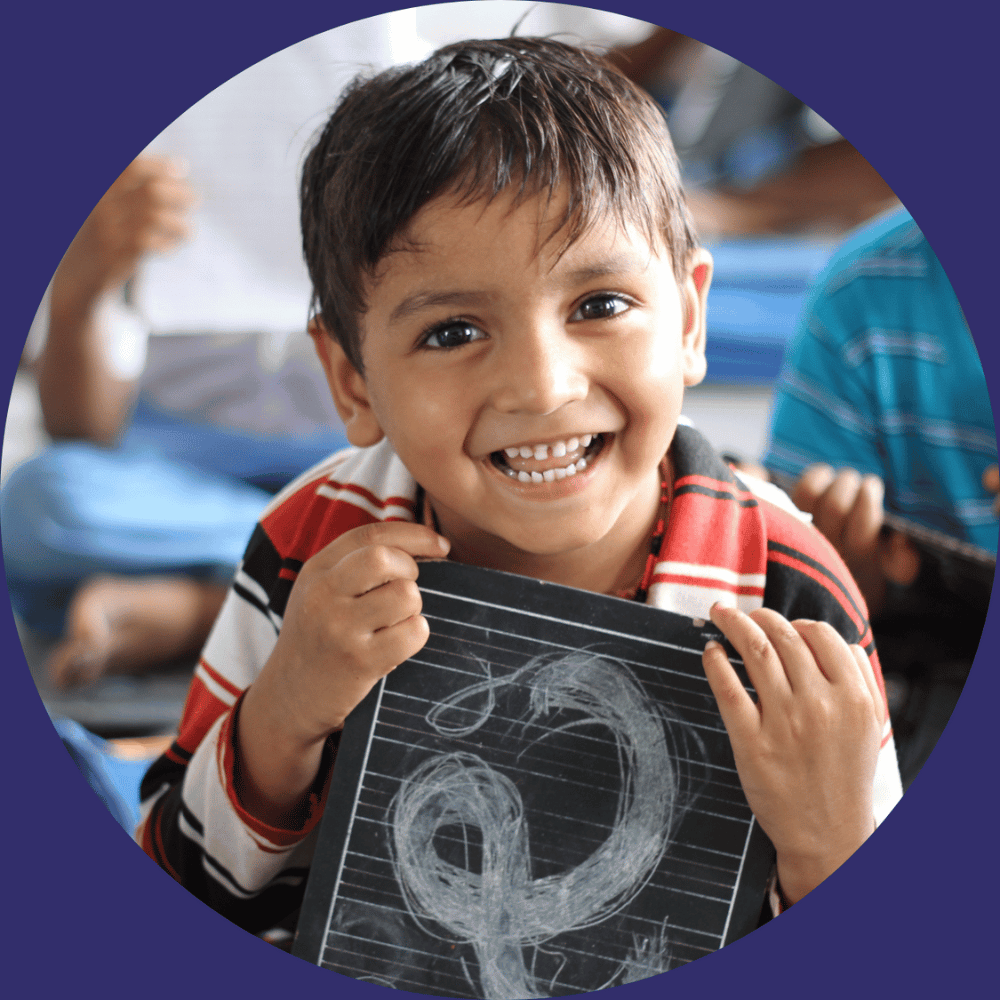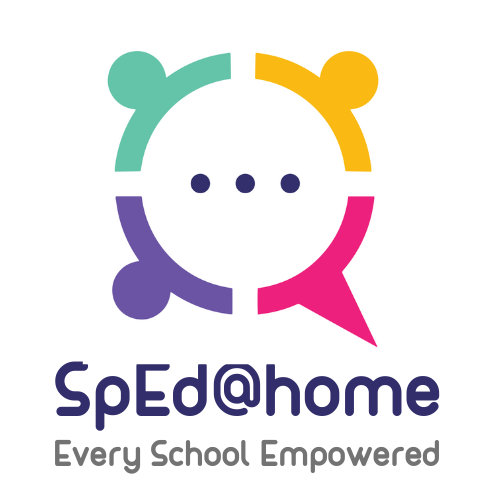Dysgraphia is a learning disorder. Children with dysgraphia have a hard time in writing. They are odd or slow writers. Their spellings, handwriting, and written expression isn’t normal or legible. You can find inconsistency in the way the hold their writing equipment, and even their way of writing. The strokes and forms can be different even if they are writing the same text again. Not only the creative expression, their spellings are off too. This learning difficulty has a huge negative impact on the child’s academics. And also takes a toll on their confidence and focus. Children with this learning disability are often referred for Occupational Therapy. Occupational Therapy can help manage and bring out the best learning outcomes.
Also read: Dyslexia Vs Auditory Processing Disorder – Differences & Similarities
Some key indicators to an underlying situation are as follows.
- Bad handwriting
- A mix of cursive and block style writing
- Improper spellings
- Inappropriate sentence construction.
- Incorrect use of words or letters.
- Slow writing.
- Incorrect way of holding the writing equipment
Dysgraphia can be identified in various types. Some as follows:
Dyslexia Dysgraphia
Dyslexia Dysgraphia does not necessarily mean the child is dyslexic. However, it inclines towards the dyslexic condition of learning disability. In this, the child may not be able to write correctly without a visual reference. They can easily copy and replicate matter but not imagine and transfer the same to the writing surface. This affects writing styles and spellings too.
Motor Dysgraphia
Children with Motor Dysgraphia have weak motor skills, coupled with weak dexterity. They have less or no control over their hands and due to a weak motor setup their writing skills aren’t developed. Their handwriting and spellings are off too.
Spatial Dysgraphia
This learning disability refers to the trouble with spatial awareness. Children with spatial dysgraphia find it difficult to judge space between lines and use the right amount of space between words. Any written form of content from them is usually not legible.
Phonological Dysgraphia
In this learning disability, children experience difficulty in writing and spelling, especially with unfamiliar, jumbled, and phonetically irregular words. Children with Phonological Dysgraphia find it hard to retain similar sounding words in memory and put them in the right sequence to produce the target word.














